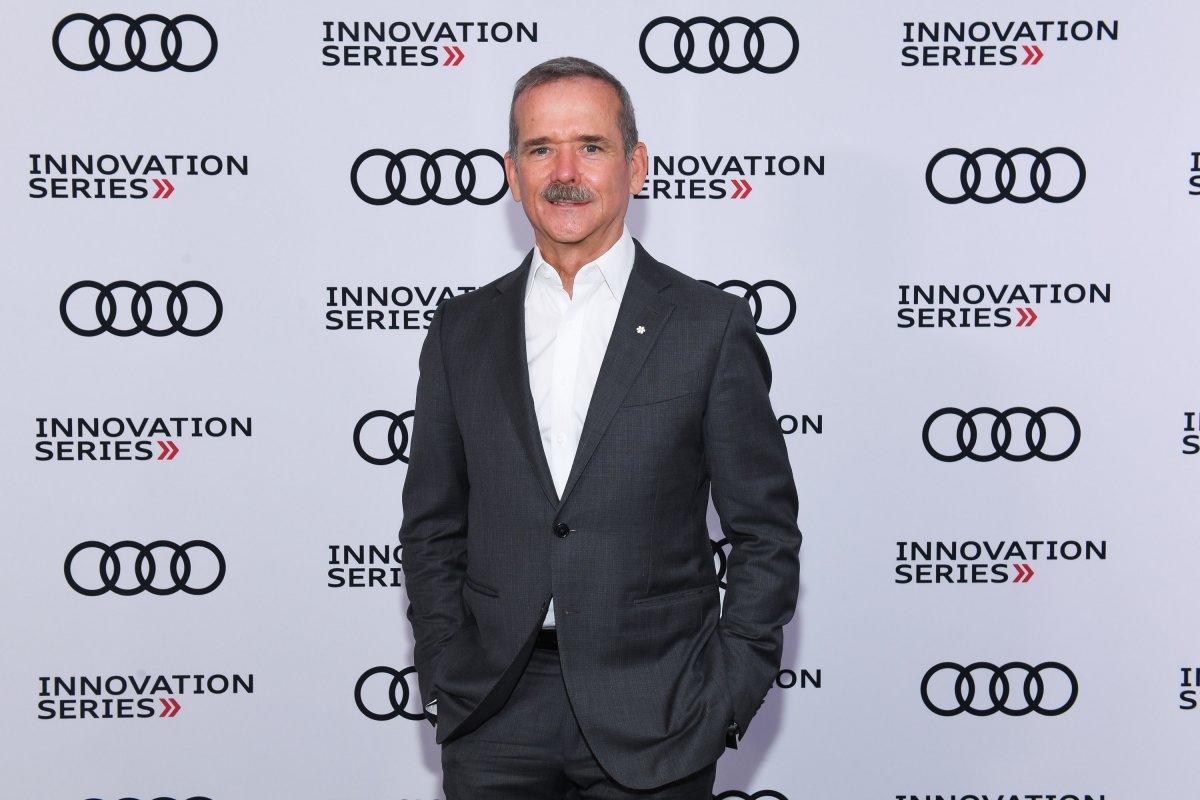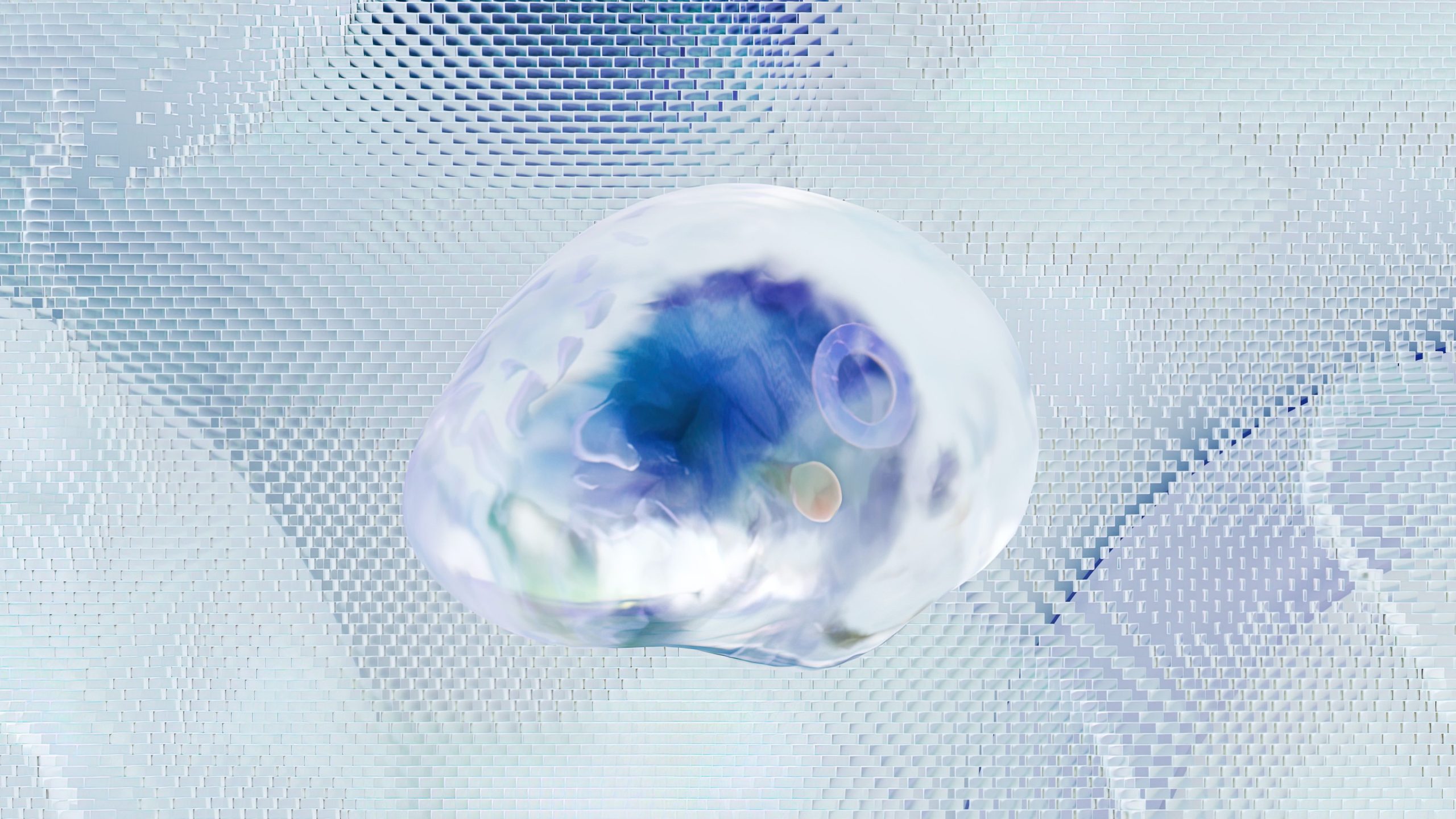How a closely-linked national gene pool helped Iceland become a leader in biotech innovation.
Written by Renee Sylvestre-Williams
Illustration by Dale Crosby Close
Cheap flights to Reykjavik, icy vistas, the Blue Lagoon – these are just a few of the images that come to mind when you think of Iceland. With a flying time of less than six hours from Toronto, the country is a known tourist spot for vacationing Canadians, but it’s also a developing hub for life science and biotech research thanks to a unique trait.
That’s a far cry from a decade ago when Iceland suffered a massive banking crisis and became the symbol of the 2008 global recession.
“Iceland has two things unique to it, but what we thought was a strength, wasn’t,” says Erna Björnsdóttir, manager of Foreign Direct Investment at Promote Iceland.
What she’s referring to is the patent and IP environment in Iceland, which allows companies to begin the development and production of drugs before patents expire, thus allowing them to be first to market with the generic version of the drug. Instead, companies were more interested in the DNA of the population and its unique ecosystems.
With a population of just 340,000 people who are closely linked genetically, Iceland has DNA samples from nearly all its residents. This DNA bank is the perfect tool for scientists to conduct research on diseases like Alzheimer’s, heart disease and breast cancer, and because most Icelanders can trace their genetics back to one or two ancestors, researchers can track a disease through a family tree.
Iceland innovating
Other key resources for biotech and life science innovation include the country’s ecosystems. Dr. Björn Örvar is the co-founder, CSO & EVP of Research & Innovation at ORF Genetics, a privately-owned biotech company that uses viable green technology for the production of growth factors and other hard-to-produce recombinant proteins. ORF Genetics developed the Orfeus system which uses barley grain as a vehicle for recombinant protein production and produces growth factor or cytokine, which direct functions such as cell growth, differentiation, and proliferation. They used this for stem cell research and in 2008, entered the skin care market with ISOkine and Bioeffect.
Dr. Örvar says that his country is a great place for such companies. “Icelanders are innovative and risk takers,” he says. The high level of such innovation and risk is due to the strong start-up community, says Hlynur Gudjonsson, Iceland’s Consul General and Trade Commissioner. “Our corporate taxes are quite low at 20 percent. We have a strong government incentive program for research and development, strong ties to other Nordic countries and Europe, and we have a highly-educated and multilingual workforce.”
The small population also has the same consumer patterns as northern Europe, making it the ideal test market for products and pharmaceuticals. Plus all of this is fueled by its cheap geothermal power with nothing wasted. Björnsdóttir says that even heat, a waste byproduct, is used in algae production, which is used for fuel and medical research.
Tourism
Iceland is currently promoting partnerships with North America. “Science collaboration and cooperation might lead to investment in a couple of years,” says Björnsdóttir. “We’re creating valuable jobs for people.”
Tourism is also seeing no signs of slowing down. The country has witnessed a 39 percent increase from 1.3 million in 2015 to 1.8 million in 2016, according to a 2017 study conducted by its tourism board. It also plans on becoming a key provider of cheap, reliable geothemal energy, which will not only power up to eight percent of the world’s electricity, but power the growing biotech, marine and life sciences research sector.
With its mixed efforts in tourism and technology, Iceland has proven that the only direction to go from rock-bottom is up. Theirs is a story that continues to be a surprising, yet pleasant, showcase of a small nation with big goals.













